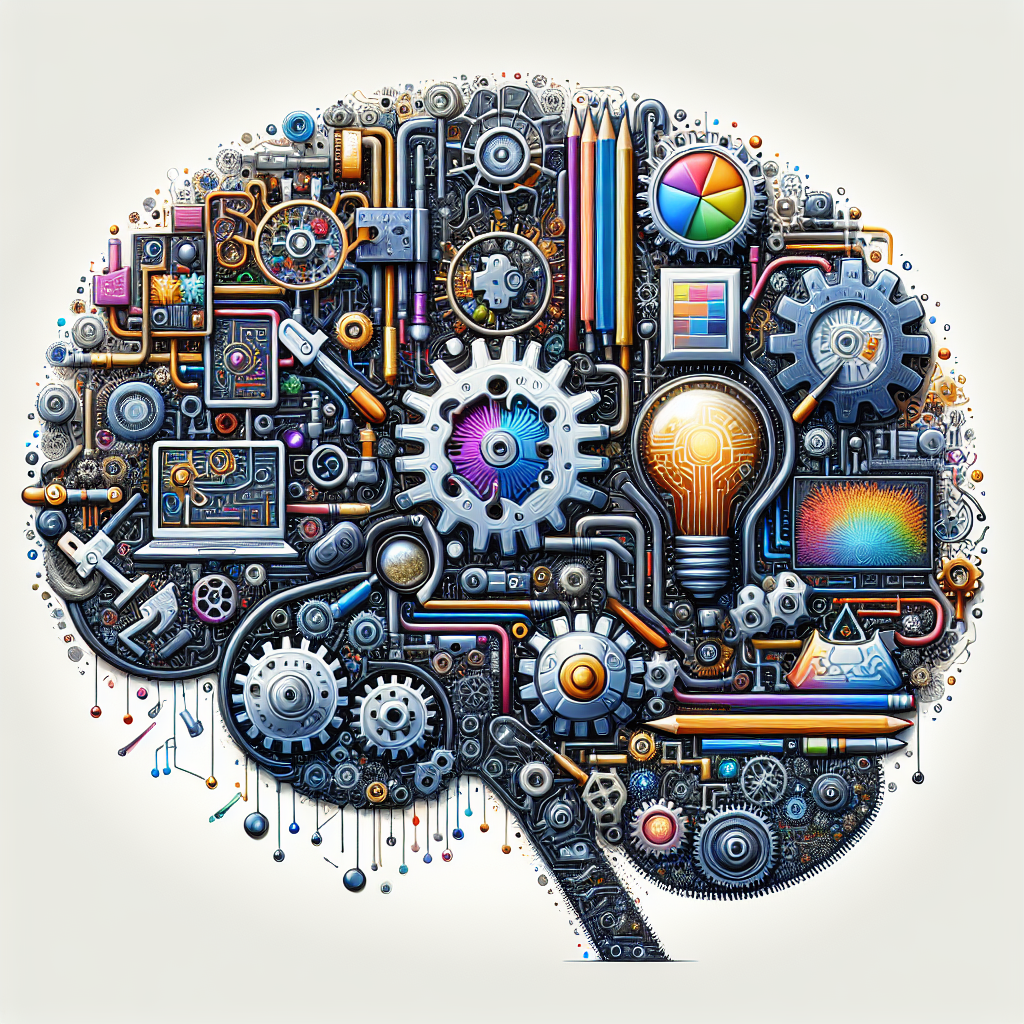Generative AI is a cutting-edge technology that has taken the world by storm in recent years. From creating realistic images to composing music, generative AI has proven to be a powerful tool for artists, designers, and creators. But what exactly is generative AI, and how does it work?
At its core, generative AI is a type of artificial intelligence that is capable of creating original content based on patterns and data it has been trained on. Unlike traditional AI systems, which are designed to follow specific rules and guidelines, generative AI has the ability to come up with new ideas and concepts on its own.
One of the key components of generative AI is a neural network, a computer system that is designed to function similarly to the human brain. This neural network is trained on a large dataset of images, text, or other types of data, which allows it to learn patterns and relationships within the data. Once the neural network has been trained, it can then generate new content by using these learned patterns to create something entirely new.
One of the most popular applications of generative AI is in the field of image generation. By training a neural network on a dataset of images, researchers can create a model that is capable of generating new, realistic images that are indistinguishable from those created by human artists. This technology has been used to create stunning visual effects in movies, design realistic video game environments, and even generate artwork that is sold at auction houses.
Generative AI is also being used in the field of music composition. By training a neural network on a dataset of musical compositions, researchers can create a model that is capable of generating new, original music. This technology has been used to compose symphonies, create unique soundtracks for movies and video games, and even generate personalized playlists for music streaming services.
While generative AI has incredible potential, it is not without its challenges. One of the biggest concerns with generative AI is the issue of bias. Because generative AI models are trained on existing datasets, they can inadvertently perpetuate biases that exist within the data. For example, a generative AI model trained on a dataset of images of predominantly white faces may struggle to accurately generate images of people of color.
Despite these challenges, generative AI continues to push the boundaries of what is possible in the world of art and creativity. By understanding the technology behind generative AI, we can demystify this powerful tool and harness its potential to create truly innovative and inspiring work.


Leave a Reply